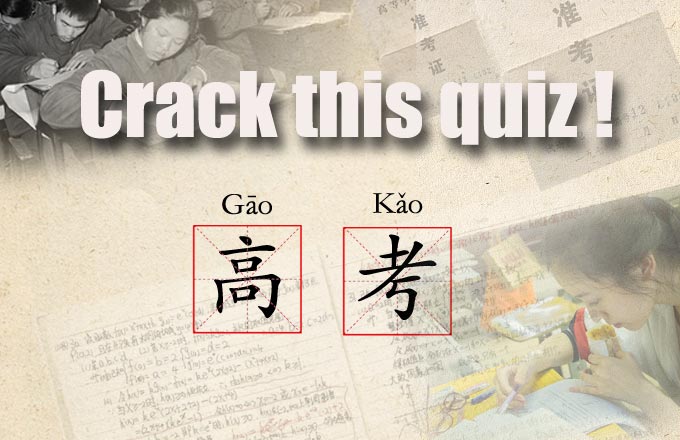Feb 4,1923: Beijing-Hankou railway workers go on a strike
Feb 4, 1923: Beijing-Hankou railway workers go on a strike
On Feb 1, 1923, the Beijing-Hankou Railway Union's inaugural meeting in Zhengzhou was banned by Warlord Wu Peifu. On Feb 4, 20,000 Beijing-Hankou railway workers went on a general strike, essentially paralyzing entire 1,200-kilometer railroad. On Feb 7, with the support of imperialists, Wu Peifu mobilized more than 20,000 soldiers and police to lead a bloody massacre of striking workers near the Hankou River, Zhengzhou and Changxindian. The "2.7 Massacre" would shock the world. Casualties were heavy, and strike lasted until Feb 9. For the preservation of the revolutionary forces, the Beijing-Hankou Railway Union and trade unions in Hubei province jointly ordered the resumption of work.
Feb 4, 1975: The Liujiaxia Hydropower Station is completed
On Feb 4, 1975, work was completed on the largest hydroelectric power plant in China at that time, the Liujiaxia Hydropower Station. The total generating capacity exceeds 1.2 million kilowatts.
Feb 4, 2005: The fifth forum on western development is held in Beijing
Hu Jintao discussed the performance of China's western development for five years at the meeting, stressing the need to deepen the reform, and actively adjust the economic structure, transform the mode of growth, and to accelerate infrastructure growth and environmentally friendly construction. He said more efforts were needed to resolve the "issues of agriculture, farmer sand rural areas", and to develop social undertakings, firmly relying on cadres and people in the western region. He vowed to push forward with development of the western regions.
- China issues guidelines to develop 'all-for-one' tourism demonstration zones
- Torrential rain triggers disaster in Southwest China
- Harvest time for wheat reapers in Shanxi
- Over 200 couples marry in Changchun group wedding
- Calligraphy tops other icons of Chinese culture, WeChat data shows

























